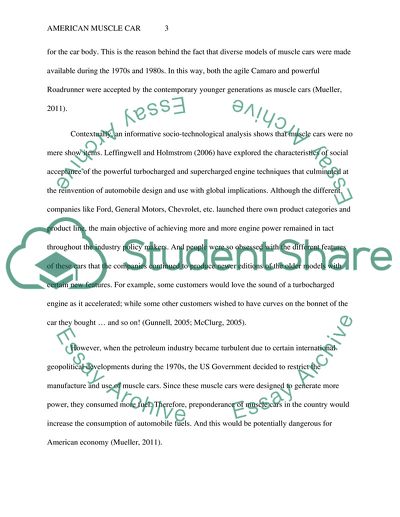Cite this document
(“American muscle cars (supercharged are better than turbocharged) Thesis”, n.d.)
American muscle cars (supercharged are better than turbocharged) Thesis. Retrieved from https://studentshare.org/marketing/1612736-american-muscle-cars-supercharged-are-better-than-turbocharged
American muscle cars (supercharged are better than turbocharged) Thesis. Retrieved from https://studentshare.org/marketing/1612736-american-muscle-cars-supercharged-are-better-than-turbocharged
(American Muscle Cars (supercharged Are Better Than Turbocharged) Thesis)
American Muscle Cars (supercharged Are Better Than Turbocharged) Thesis. https://studentshare.org/marketing/1612736-american-muscle-cars-supercharged-are-better-than-turbocharged.
American Muscle Cars (supercharged Are Better Than Turbocharged) Thesis. https://studentshare.org/marketing/1612736-american-muscle-cars-supercharged-are-better-than-turbocharged.
“American Muscle Cars (supercharged Are Better Than Turbocharged) Thesis”, n.d. https://studentshare.org/marketing/1612736-american-muscle-cars-supercharged-are-better-than-turbocharged.


